My next stop was Athens, which provided a welcome night of rest and shelter from the rain. There was a historic home right down the street from my hotel, the Taylor Grady House, and since one of my goals in this trip was to figure out why my last name is so prominent in Georgia, I stopped there first. I wandered around the elegant home, built in the 1840s by an Irish immigrant named Taylor who made a fortune in cotton. It was then bought by a Confederate, William Grady, who died before he could live there. His son, Henry, was the famous Grady because he later went into publishing and advocated for unity in the Reconstructionist South. He lived in the house during his college years at the University of Georgia. The house was beautiful, and I wandered its rooms (including an oval one) and dogwood garden, took in the 13 columns outside, built for the 13 colonies, and I admired the work that went into it. It originally sat on 38 acres, but the city grew around it. The county bought it eventually and the Junior League restored it. Now they run it as a venue for events, like weddings. It reminded me of Savannah.
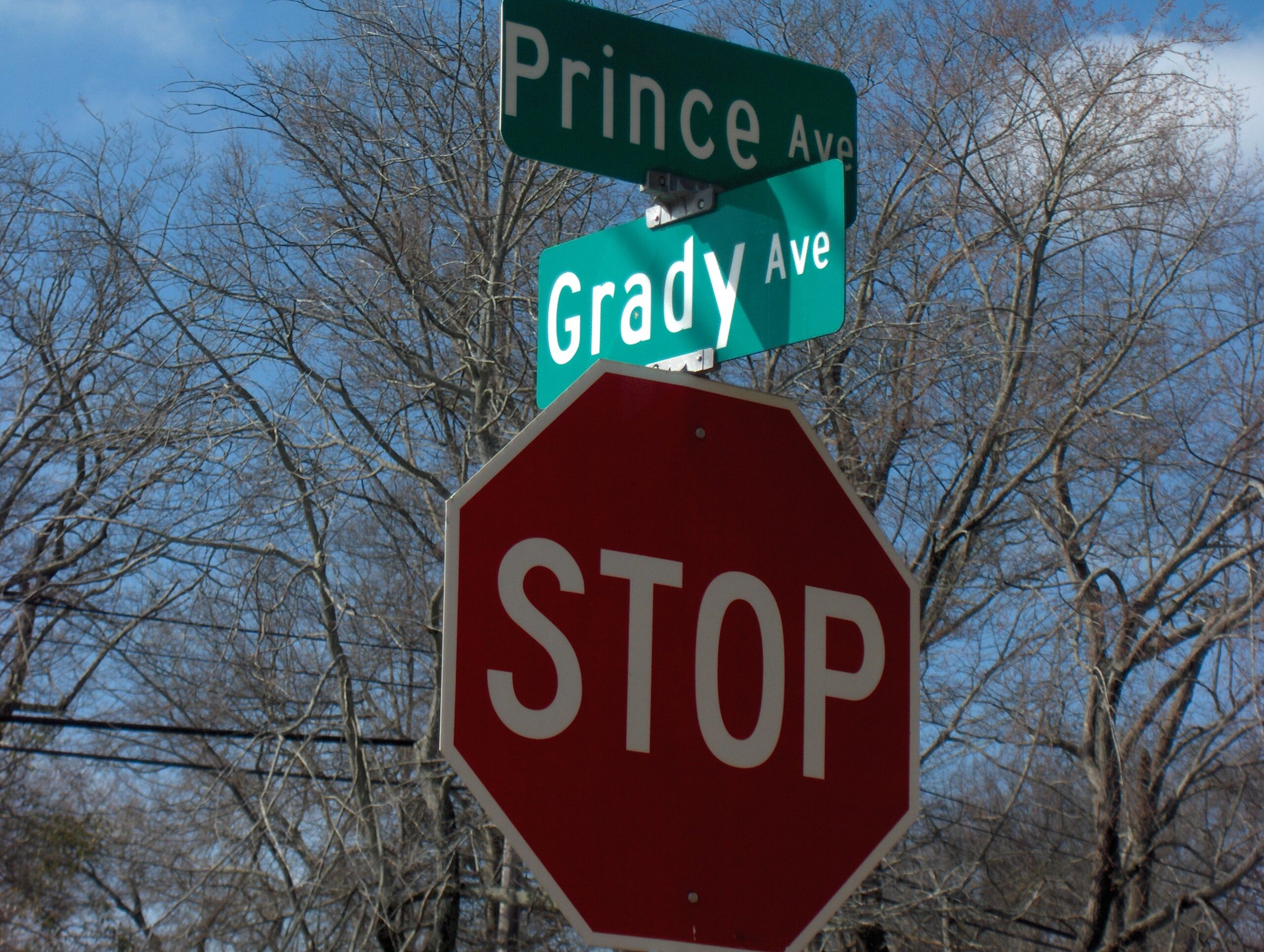
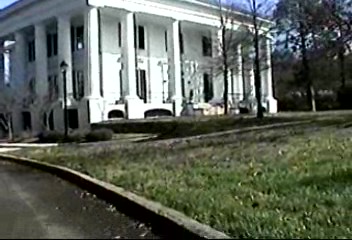
I stopped next at the campus, where roses were already starting to come in. Tamu was happy to have a space for walking and dragged me around campus. I visited the old free cemetery that was surrounded by the university, where burials continued into the 1880s. The campus seemed quiet, and the only tour that day was late in the afternoon, so we passed on it. If we were going to be there for the night, I would have loved to take in some of the music scene, as the B-52s and REM were staples of my college years. Instead, we settled for a walk in the off-campus shopping and club area, and I bought Girl Scout cookies from the kids on the street. Tamu did not want to get in the car again, so we wandered back to the historic area of campus to see what else was blooming on this beautiful mild day.
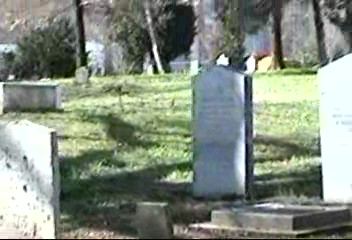
Then we headed out on the Antebellum Trail, or state route 441, to see what we could of architecture that was left standing following Sherman’s March, apparently because Sherman’s brother had a friend who lived in nearby Madison. So Sherman spared that area of the burning that characterized his march to the sea. I stopped at Heritage Hall in charming Madison for another house tour, this time with a good storyteller guiding us. Later, in the gift shop, we stopped to talk about Alzheimers disease because I was wearing my sweatshirt. The disease had devastated my guide’s mother.
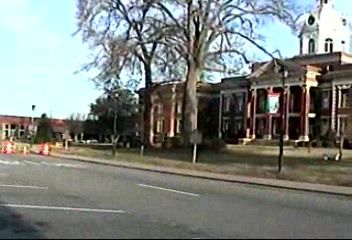
I pressed on to Greensboro, but it was 4:30 in the afternoon, so the house museums were closing, so I could take in the county courthouse. I stopped in Eatonton, Alice Walker’s home town, but I was too late for an architectural tour. There was a site outside of it that explores Nights with Uncle Remus, a collection of folktales published by Joseph Turner based on stories he heard from the enslaved people on the plantation where he grew up. I figured I would be too late to see that, but since I was driving past it out of town, I stopped. It had just closed, but I could walk along the preserved cabins and read the outside markers and saw the little statue of Brer Rabbit.
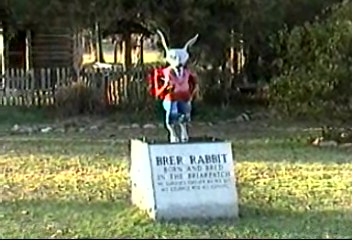
Because of the late hour, I skipped the last stop on the Antebellum Trail, Milledgeville, and headed to Macon for the night.
